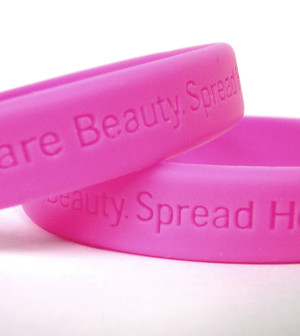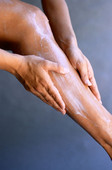- Double Mastectomy May Offer No Survival Benefit to Women With Breast Cancer
- Toxic Lead Found in Cinnamon Product, FDA Says
- Certain Abbott Blood Sugar Monitors May Give Incorrect Readings
- Athletes Can Expect High Ozone, Pollen Counts for Paris Olympics
- Fake Oxycontin Pills Widespread and Potentially Deadly: Report
- Shingles Vaccine Could Lower Dementia Risk
- Your Odds for Accidental Gun Death Rise Greatly in Certain States
- Kids From Poorer Families Less Likely to Survive Cancer
- Tough Workouts Won’t Trigger Cardiac Arrest in Folks With Long QT Syndrome
- At-Home Colon Cancer Test Can Save Lives
Surgical Treatments Equally Effective for Women With Poor Leg Circulation


Minimally invasive treatment for narrowing of the arteries in the legs, hands and feet is as effective in women as in men.
That’s the main finding from a study that looked at the effects of artery-opening treatments such as angioplasty and stent placement in patients with peripheral artery disease (PAD). PAD is a condition where fat deposits build up in arteries outside of the heart, such as those that supply blood to the arms, legs and feet.
“We found that women had excellent outcomes compared to men, even though they were older and had more severe disease,” study senior author Dr. P. Michael Grossman, an interventional cardiologist at the University of Michigan Frankel Cardiovascular Center, and director of the cardiac catheterization laboratory at the Veterans Administration Ann Arbor Healthcare System, said in a university news release.
Researchers analyzed data from more than 12,300 PAD patients in Michigan who received this type of treatment between 2004 and 2009. The success rates were 79 percent for women and 81 percent for men. The study’s findings were released April 23 online in the Journal of the American College of Cardiology.
Compared to men, women with the condition tend to have more severe problems related to PAD, such as leg pain, ulcers and amputations, according to a news release from the University of Michigan. However, women were less likely to report leg discomfort, fatigue or cramping during activity.
“The reasons for differences in symptoms are unclear, and deserve further study. It does indicate that we need to be vigilant in asking women about leg discomfort and screening women for PAD,” Grossman said.
The researchers also found that women were less likely than men to be prescribed cholesterol-lowering statin drugs or blood-thinning drugs before they underwent artery-opening treatment.
“We need to work together to ensure all patients with PAD are prescribed these medications, particularly women,” study author Dr. Elizabeth Jackson, cardiologist and director of the University of Michigan Women’s Heart Program, said in the news release.
While some PAD patients require artery-opening treatment, medications and lifestyle changes such as increasing exercise and quitting smoking can slow or even reverse symptoms, the researchers noted.
PAD affects about 8 million Americans.
More information
The American Heart Association has more about peripheral artery disease.
Source: HealthDay
Copyright © 2024 HealthDay. All rights reserved.










